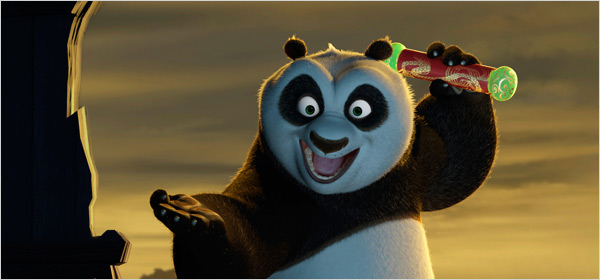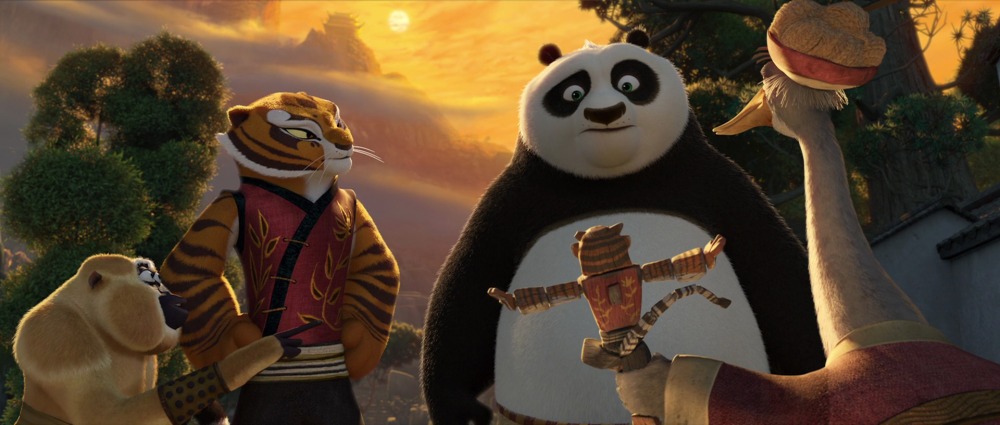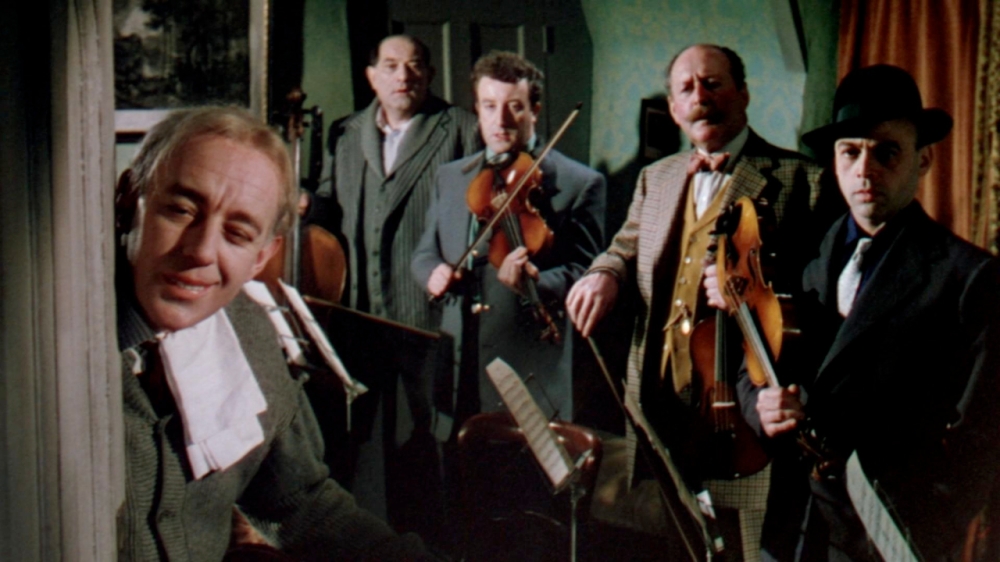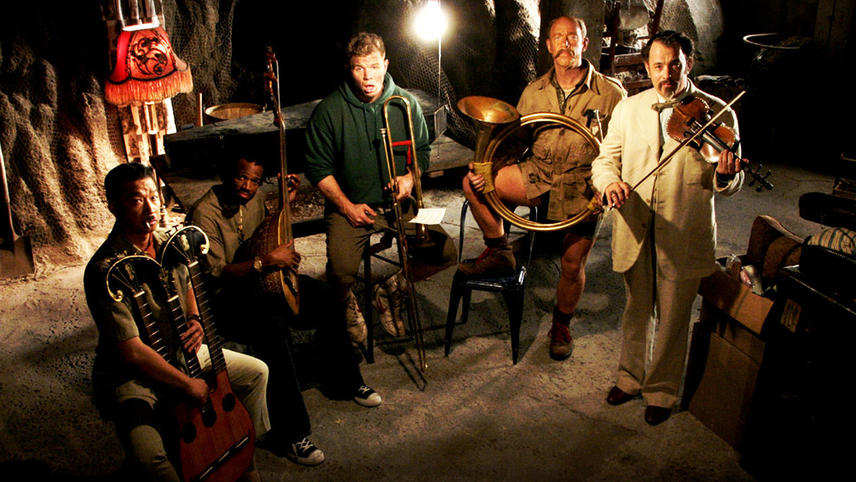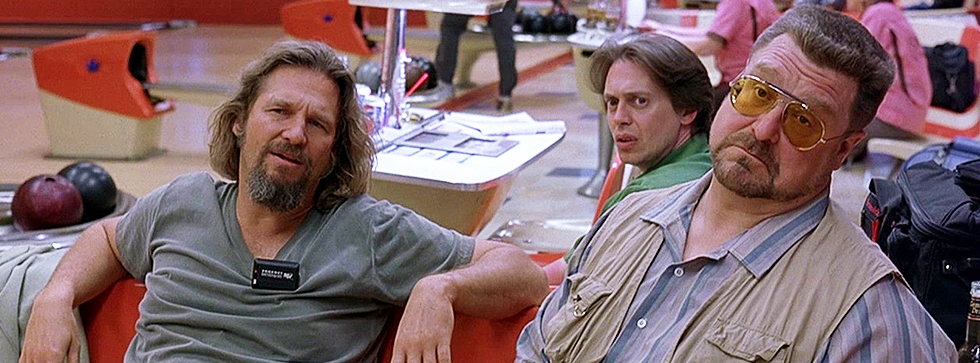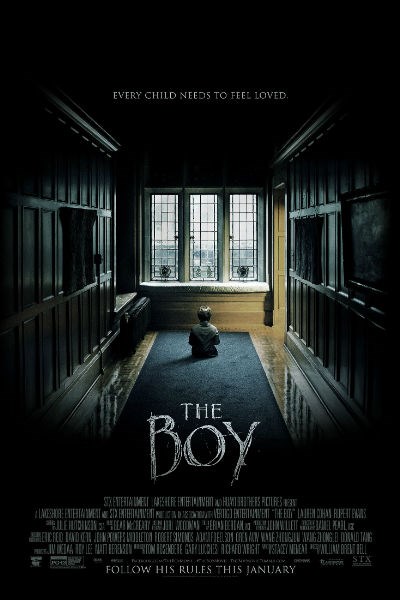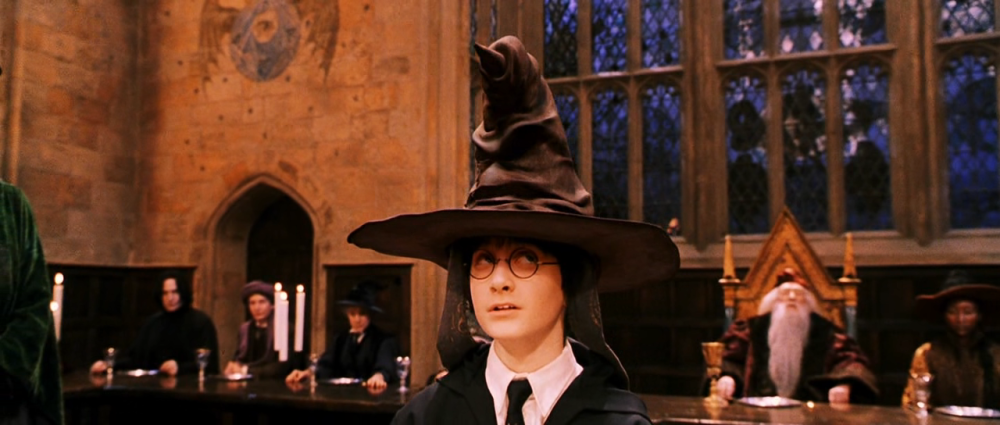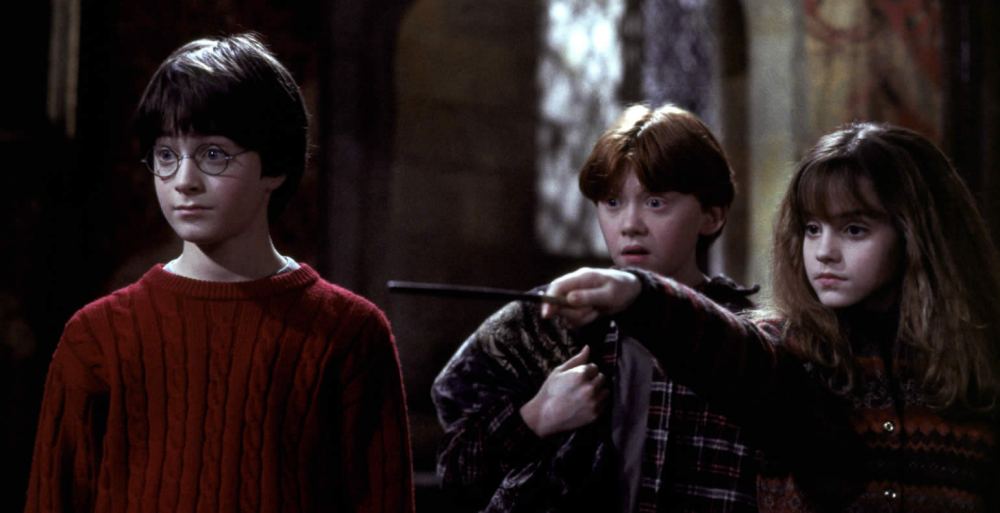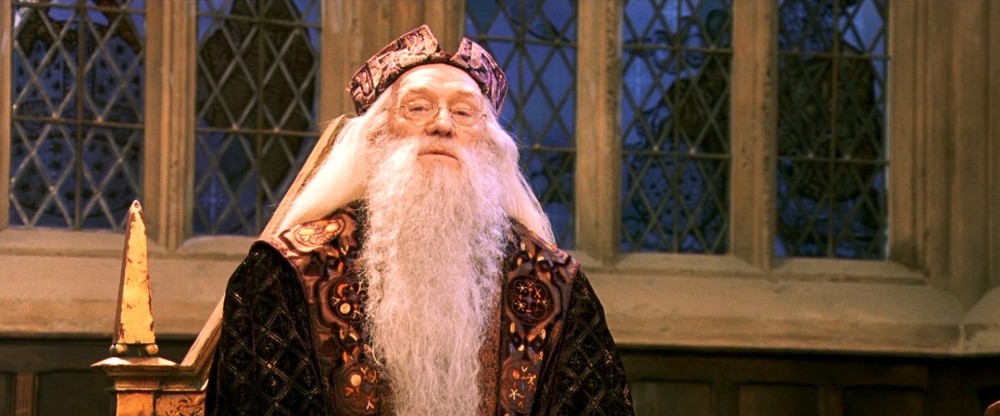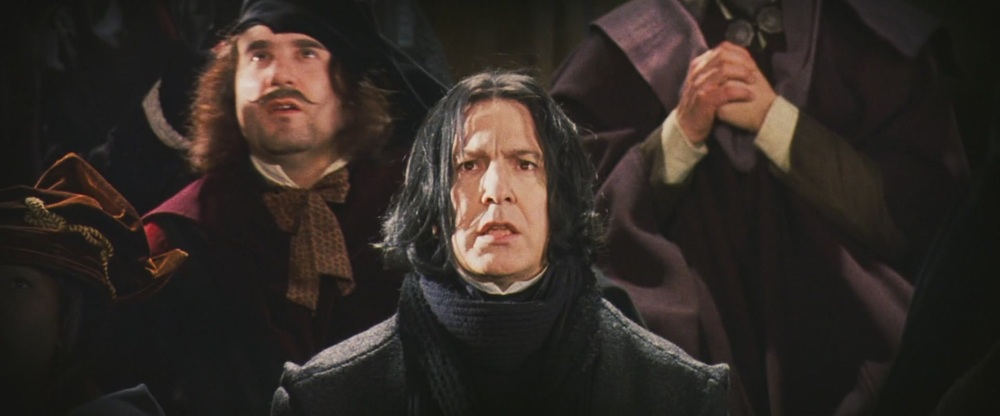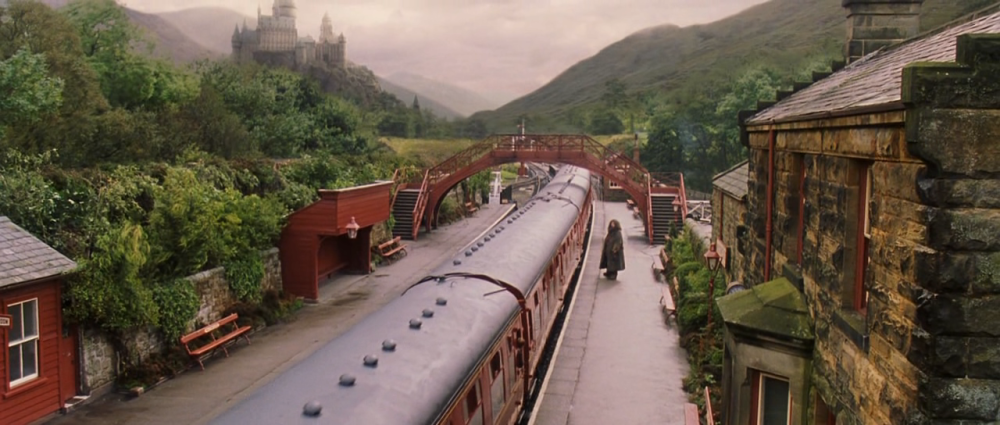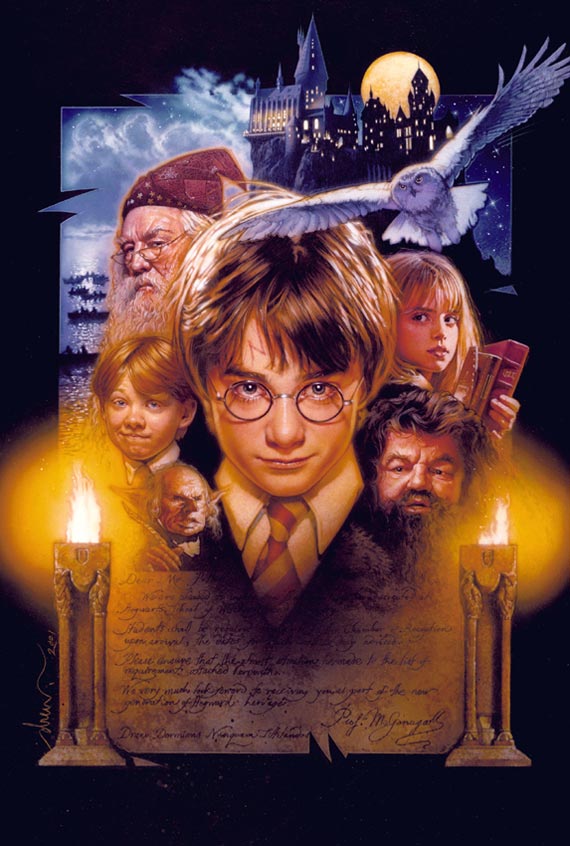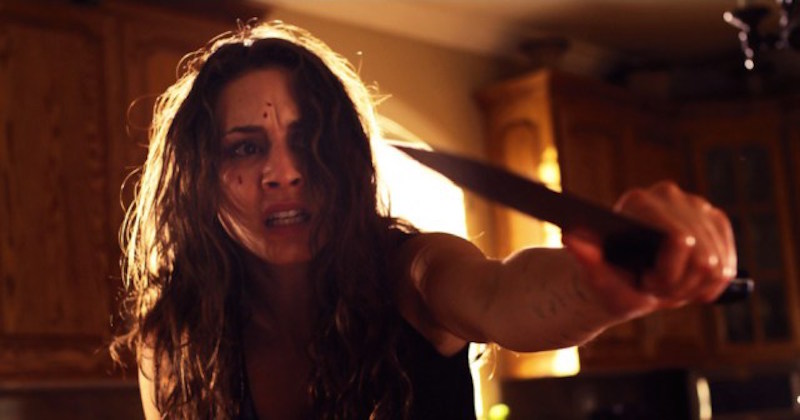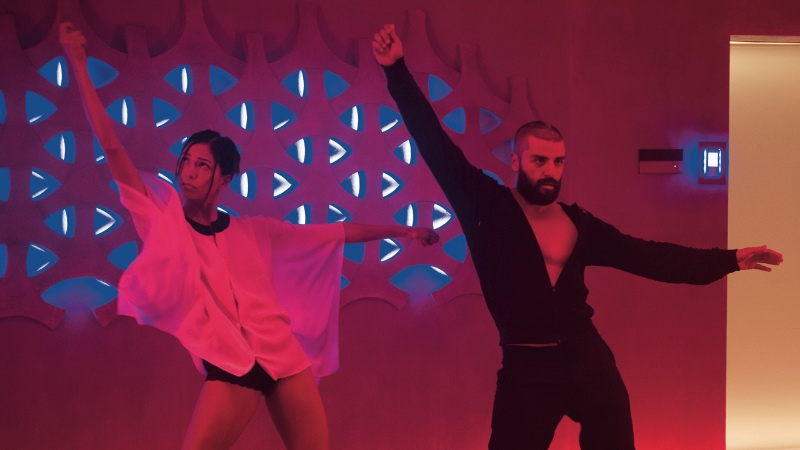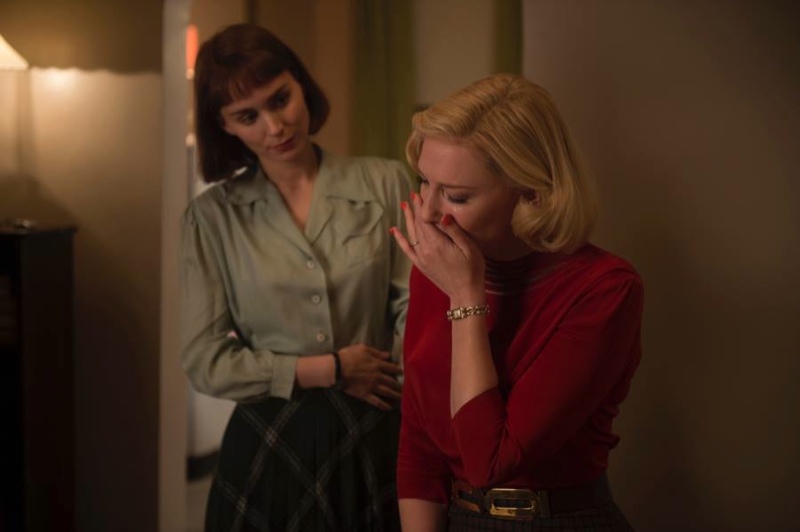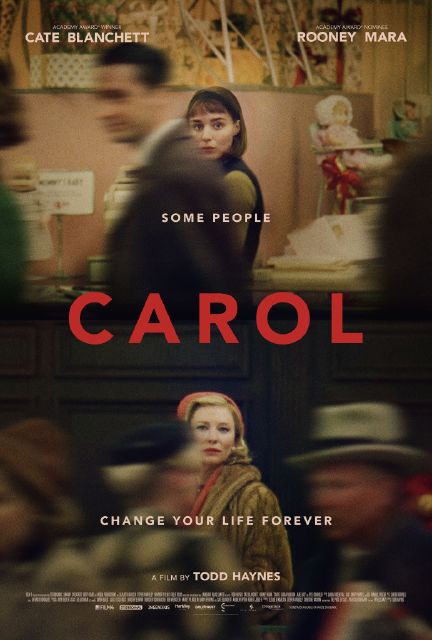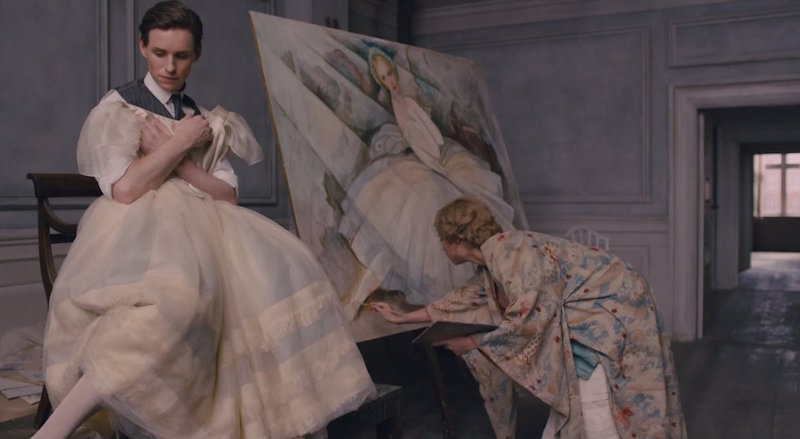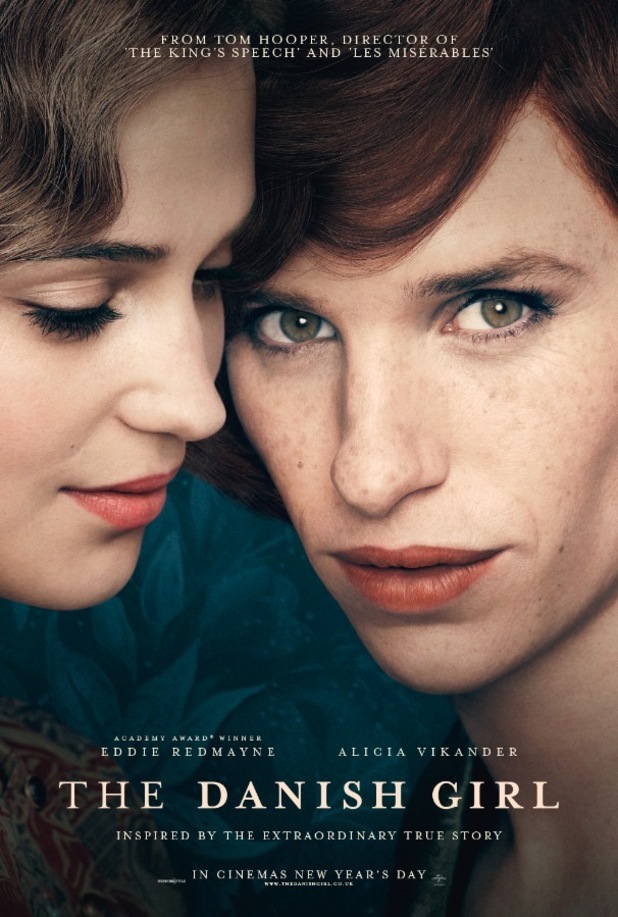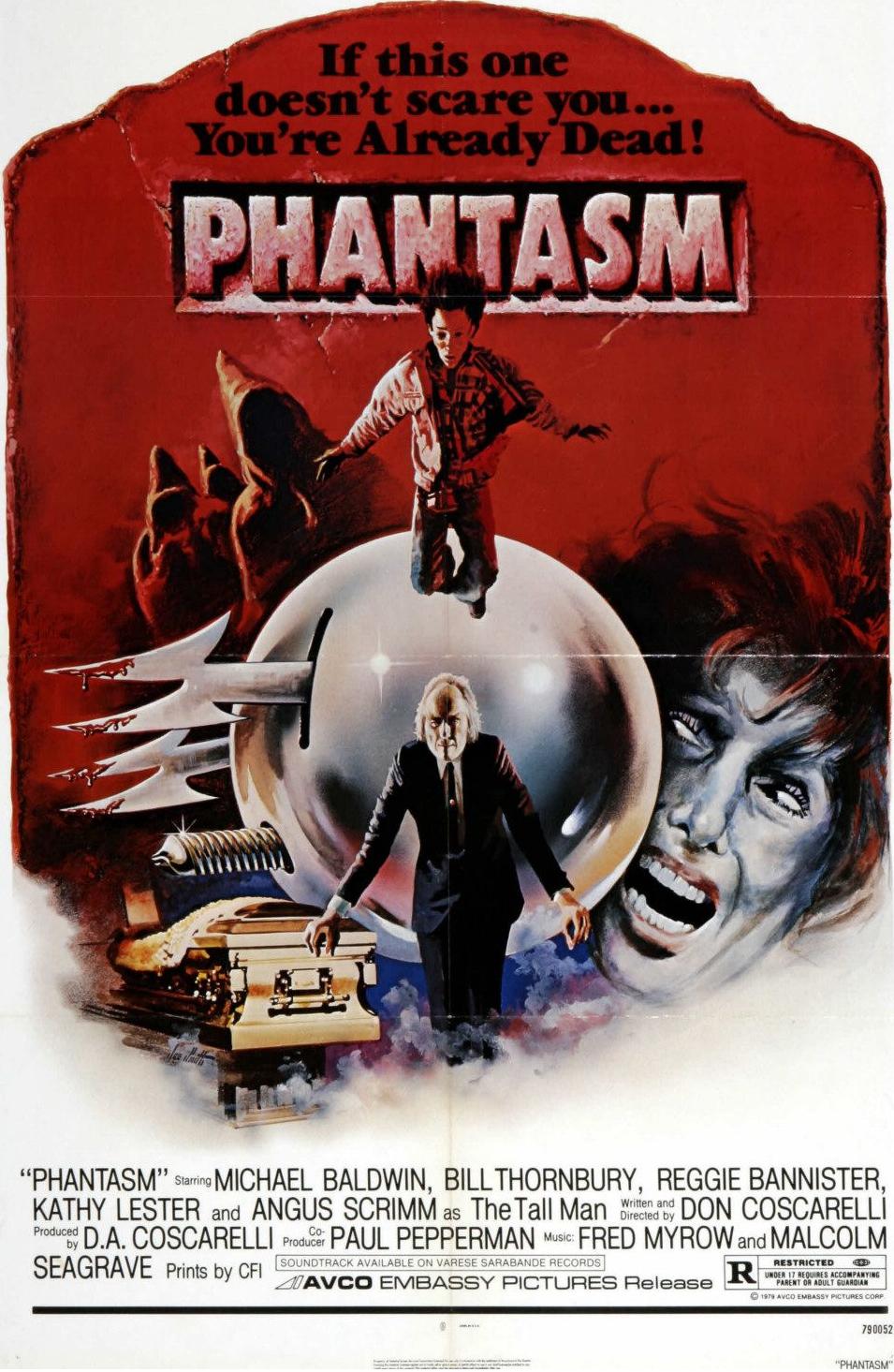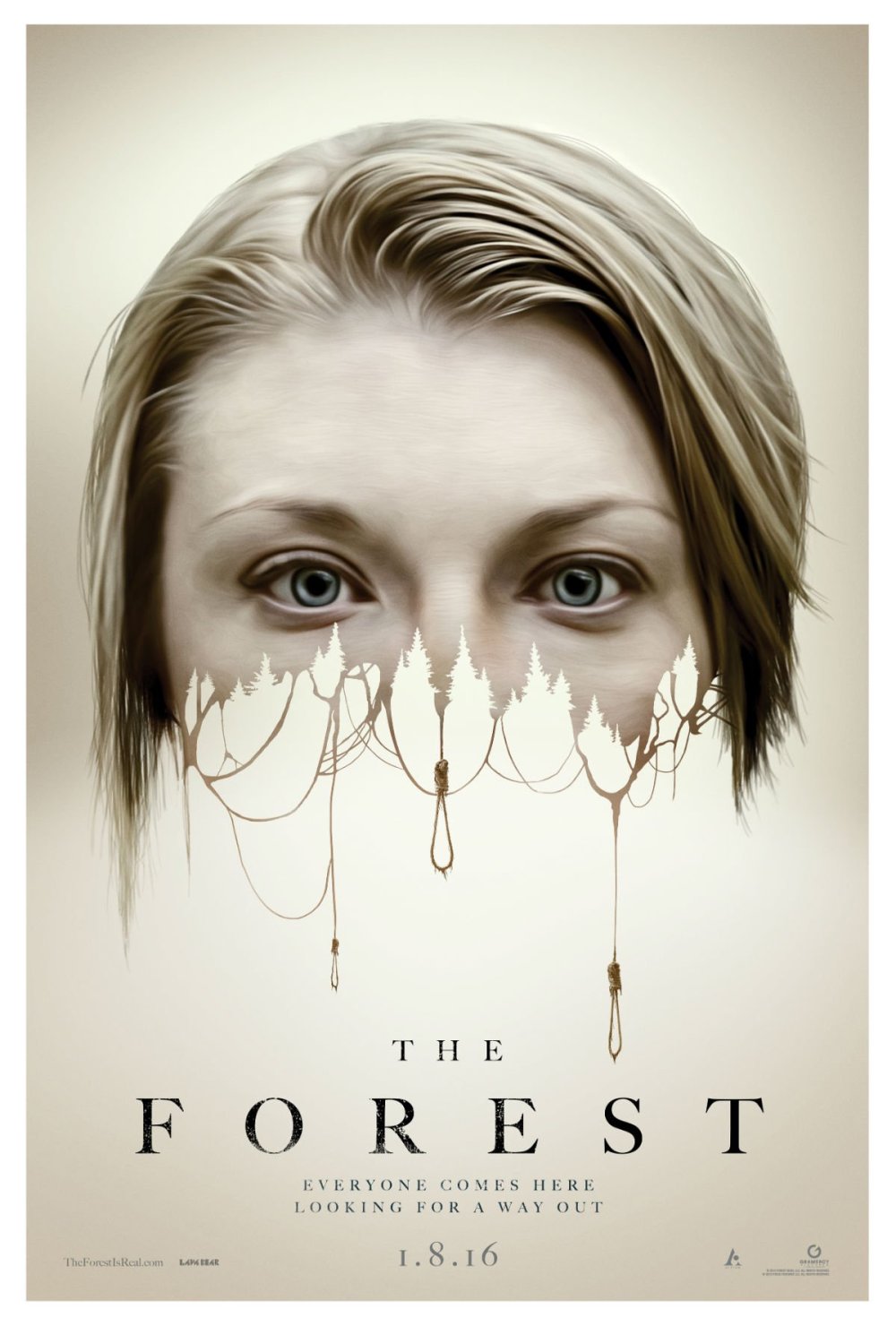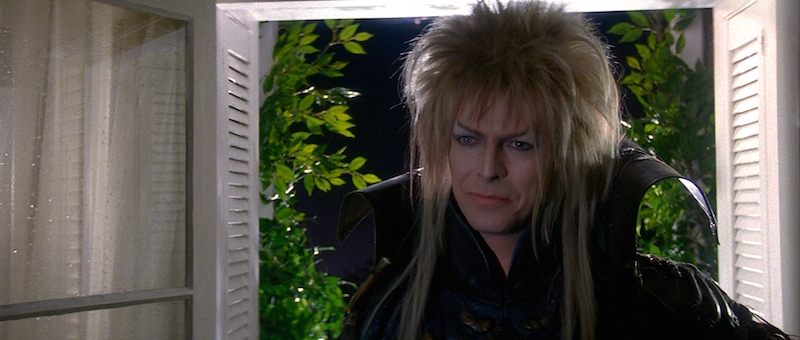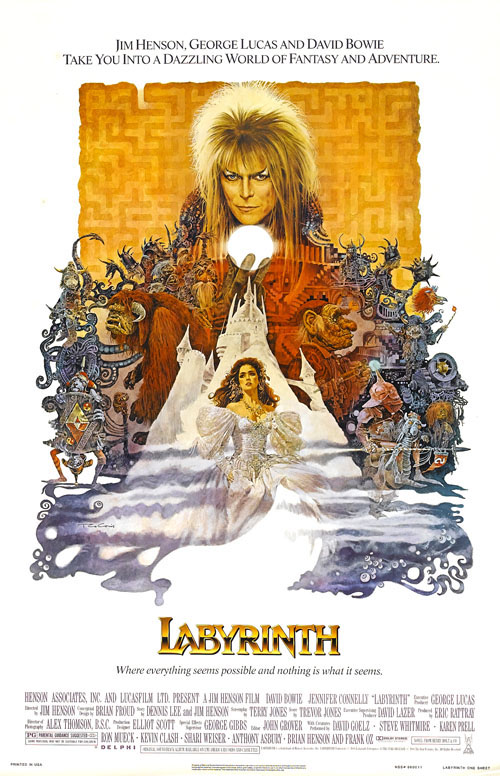I know, I know. I’m a bit late on this one. Then again, I’m one who loves being thorough. Publishing a Best Of List before the end of 2015 can be a bit regrettable, given the lack of films one can consume by end of that individual year. I even felt that way after publishing my Top Ten Horror and Genre Films of 2015 list from Gruesome Magazine. But for the major overall list, I dug deep into what 2015 had to offer. Upon reflection, 2015 was a damn good year for film. Plenty of stinkers in there, of course. I’m not doing a worst of list, but just to add some perspective, my least favorite film of the year Area 51 is honestly one of the worst films I’ve ever seen. Yet, the hits were pretty strong and reflective of a tumultuous year full of change, fear and ambiguous resolutions for the world in general. 2015 was so strong that I could have easily done a Top 30. But I’ll still give some of those a spot light for honorable mentions. Anyway, let’s get this show on the road;
Honorable Mentions: Bone Tomahawk, Carol, Chi-Raq, The Gift, The Hateful Eight, He Never Died, Kingsman: The Secret Service, Slow West, Straight Outta Compton, The Voices
20. The Big Short
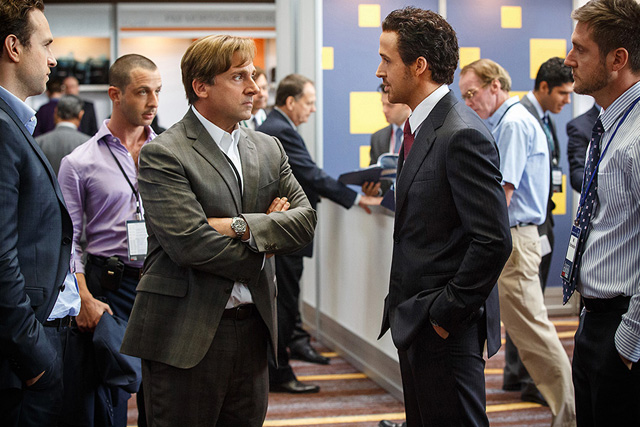
Paramount Pictures
I’ve gone on at great lengths about this one, so I’ll be a bit briefer here. The Big Short is probably the most unconventional of the Oscar frontrunners, going on tangents that may seem odd, given the editing style resembles that of a young Oliver Stone for the ADHD generation. Yet, all of style culminates in a consistently hilarious, biting satire that takes these risks for the sake of investing and informing a modern audience about a terrible event in our nation’s history that may happen again if we’re not too aware.
19. Tangerine

Magnolia Pictures
Speaking of unconventional, Tangerine is about as far away as one can go from mainstream fare, with characters who are often unpleasant towards one another, a grimy East LA setting and centering around topics of identity & place that might turn off those used to familiar Hollywood tactics. Yet, Tangerine still manages to relate on a very human level, showcasing these transgender and other unconventional lead characters for who they really are in this soot covered backdrop that’s often cast them aside. They aren’t portrayed as saints, yet they’re also not completely condemned by the film either. They just live and breathe, with all of it being captured in a highly kinetic and oddly beautiful style that’s shot on an iPhone. It’s a day in the life for a life not often depicted, with equal parts hilarity, genuine drama and surprising heart that sneak up on you when you least expect it.
18. It Follows
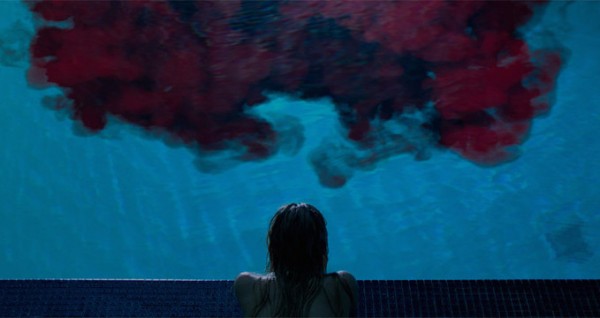
Radius-TWC
As this list will continue to argue, 2015 was a great year for horror. Probably the most beloved of the examples in the larger critical community was It Follows, a film that applies the most traditional aspect of conventional horror (a young woman being followed by a stranger) to a new aesthetic. Those Michael Myers style sequences of fearfully trying to run from an intimidating stranger is multiplied here, in that it can happen at any time, the villain is pretty much unkillable and even if you seemingly pass the curse onto another, it could easily come back if that other person fails. That paranoia is presented in gorgeous terms by director David Robert Mitchell, with visuals like the above that manage to represent the budding sexuality’s temptation and watery purity meshing into a murky visual of oncoming doom. That plus the genuinely terrifying Disasterpiece score makes some of these sequences incredibly uneasy.
17. Steve Jobs
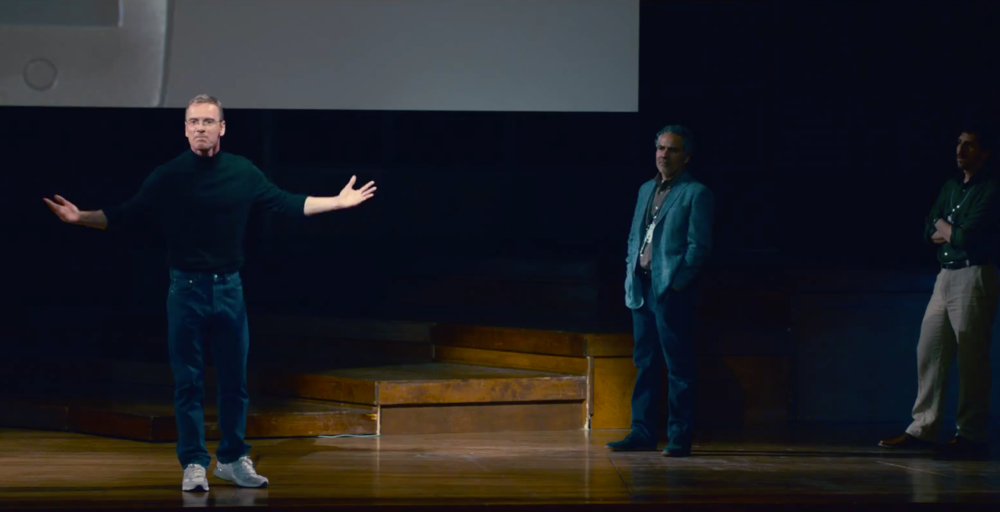
Universal Pictures
Steve Jobs as a subject already had a rather traditional biopic of his life with 2013’s forgettable failure Jobs. So, what could director Danny Boyle and screenwriter Aaron Sorkin do to spice things up? Well, remove the traditional structure and turn it into what is essentially a three act play. Each act shows a different stage in Jobs’ life, but the jumps still manage to have a consistent development for the ego centric icon of the industry without pulling punches. With a cast this immersed in their roles and a story this constrained, the lack of extravagant detail doesn’t detract as much as strengthen the power of the performances and kinetic camera moves. It’s the Steve Jobs movie we wanted… and it’s a shame people didn’t actually see it.
16. What We Do In The Shadows
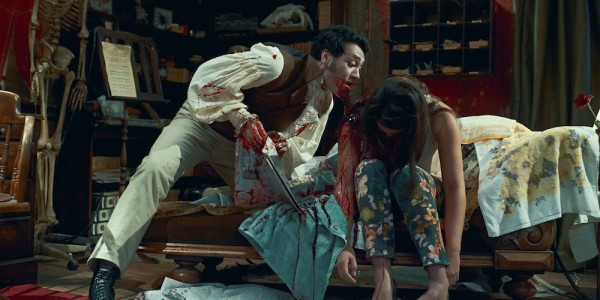
The Orchard
It’s hard to praise a comedy without simply repeating jokes and laughing about them. So, I’ll be brief on What We Do In The Shadows. Giving vampires the Christopher Guest mockumentary treatment, co-stars/writers/directors Jemaine Clement and Taika Waititi manage to show their dedication to the lore while managing to find new avenues to make fun of them. Waititi, Clement and others in the cast have this grounded chemistry that carries the movie through its silliest antics and the mockumentary style even lends to the quiet fun of seeing these vampire do mundane things like brush their teeth or complain about household chores. All of this allows the laughs to flow about as quickly as the gore that sprays out of people’s necks.
15. Sicario
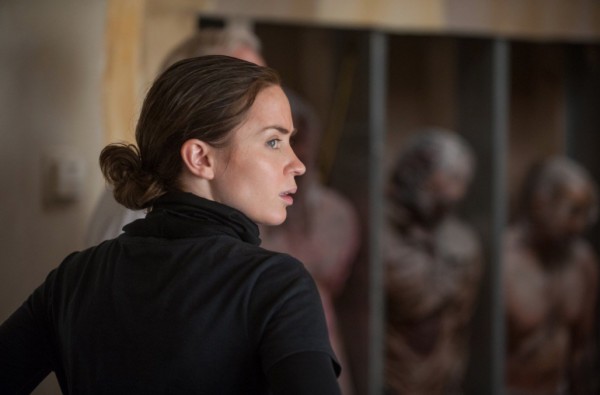
Lionsgate
The War on Drugs has never been so tense. The trio of Emily Blunt, Josh Brolin and especially Benicio Del Toro serve as a demented love triangle of a metaphor for the broken nature of a system this corrupt. Brolin is the American government, using whatever tactics they can to take action against those they deemed guilty. Del Toro is the morally unhinged perpetrators of said questionable actions that merely wants to get paid. Then there’s Blunt, the human last voice of humanity trying to topple the system the best he can, only to find that it’s a fruitless endeavor. Put all of this into the context of highly intense action sequences and some of the best cinematography of the entire year from Roger Deakins & you have one entertaining yet ultimately depressing films about such an endlessly ongoing conflict.
14. The Final Girls

Stage 6 Films
Another great horror comedy for 2015, The Final Girls has plenty of laughs and jabs at the expense of the slasher genre. It can’t help but not with a cast that involves some of the best young comedic actors out there. Yet, the biggest surprise and most engaging element of Girls is the genuinely endearing heart. The relationship between Taissa Farmiga and Malin Akerman here is one full of palpable emotion, particularly for those who have lost a loved one. It’s the thread that keeps the film moving and actually feeds into its major theme of rose colored nostalgia glasses that the characters constantly try to keep alive, both figuratively and literally.
13. Bridge of Spies
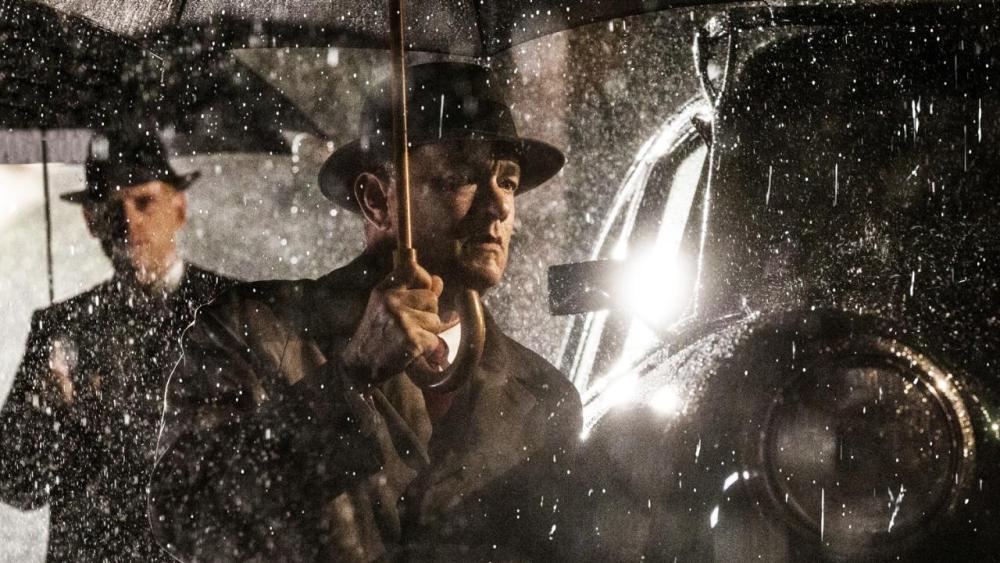
Touchstone Pictures
Steven Spielberg’s output as of yet in this millennium has been extremely varied. Between the adventurous fun of The Adventures of Tintin, engrossing drama of Munich and just plain massive disappointment of Indiana Jones and the Kingdom of the Crystal Skull, it seems like Spielberg is a filmmaker caught between the crowd pleasing joy and grounded drama that his career often oscillates between. Probably the best combination of both worlds is Bridge of Spies, a Cold War drama that is admittedly light on action, but is full of intriguing characters dynamics that mirror the war it takes place during. Tom Hanks and Mark Rylance drive the emotional center of the film, giving a human face to both the American attempts to squash the potential of communism and the spies themselves who merely tried to provide for their own families and country. Despite its length and lack of constant action, Spies is the kind of Cold War story that speaks to the nature of the tension filled war, one filled with true human fear and attempted understanding.
12. Trainwreck
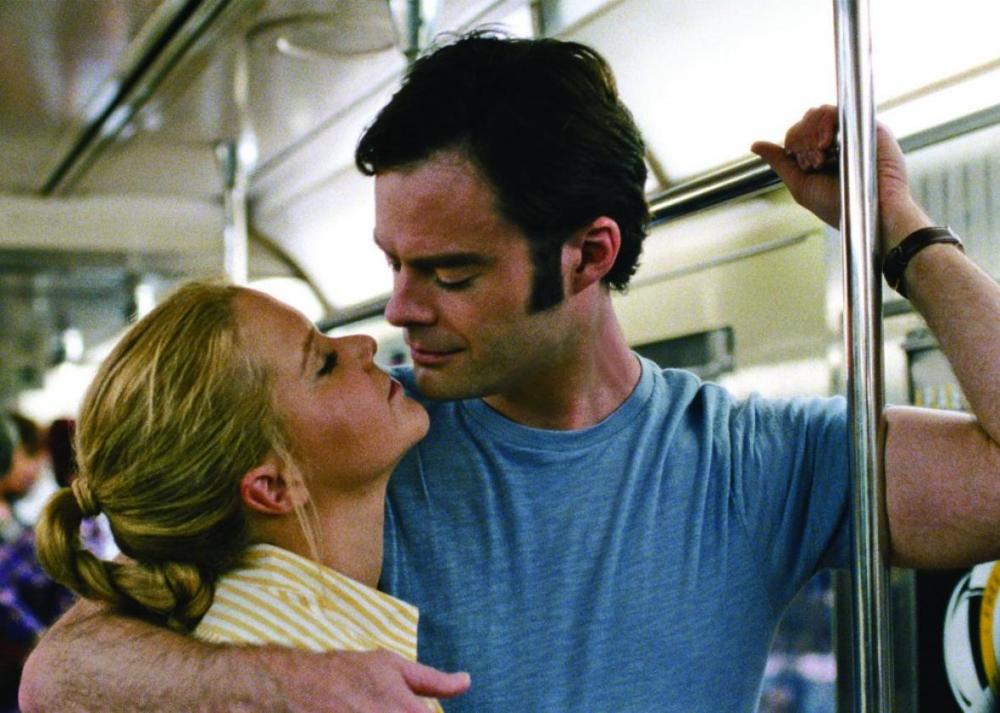
Universal Pictures
Judd Apatow works at his best when he’s grounded by the comedic personalities of others. With writer/star Amy Schumer, Apatow found one of his best comedic anchors. Schumer’s story is one that recalls the traditions of romantic comedies and has a consistent hilarious pace, but shows off a surprisingly complex heart for the people in her life. All of this manages to hit particularly hard with the incredibly tight romantic chemistry she has with Bill Hader, who serves as a solid contrast to her hedonistic attitude. Films like Trainwreck show that the romantic comedy genre doesn’t have to grow stale. It can vibrantly breathe when something interesting is done… like having LeBron James be the supporting sidekick.
11. Spring
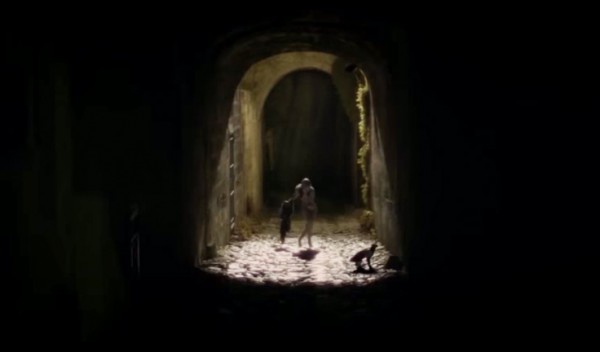
Drafthouse Films
Speaking of a twist on romance, Spring is about as unusual a romance as one can get. I mean, it does follow the traditional meet cute formula; boy moves to another country, boy meets girl, boy finds out a massive secret about girl that could test their relationship. It just so happens that said secret is one that reveals something major about said girl’s background, age and even species. Yet, this revelation is treated as more a bump in the relationship than a point of no return, making one feel even more invested in Lou Taylor Pucci and Nadia Hilker’s chemistry and willingness to stay with each other despite their differences. That along with the understated effects work makes Spring a unique and worthy example of what horror can do to differentiate itself.
10. Krampus
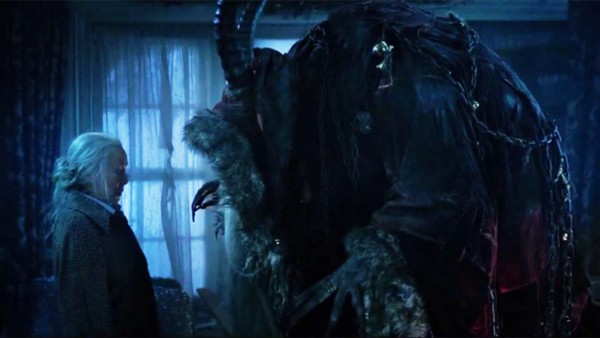
Universal Pictures
Horror comedy is my favorite subgenre of film, one that combines the spooky scares and horrific kills with the same jolting joy of a laugh at its absolute best. Few films manage to find that perfect balance between the two emotional extremes, but one of them is Krampus from Trick r Treat director Michael Dougherty. The building of the mythology behind the titular character and the genuine threat that he & his little helpers actually hold against this family. Plus, said family manages to inhabit these very relatable archetypes that show more detail and weight as the film goes along, all with subtle indicators explore these characters without blatant exposition and deconstruct the commercialized nature of the holiday season. It’s also incredible to see in a year where Star Wars: The Force Awakens is bringing back the use of practical effects that Krampus ups the game even further with its detailed and near flawless creature designs.
9. Phoenix
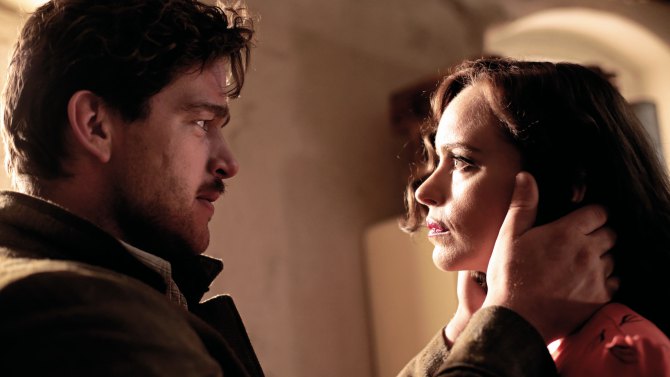
Sundance Selects
While many of the recently announced nominees for the Oscars’ Best Foreign Language Film can boast technical complexity like Son of Saul, a film like Phoenix shows that the true universal language is emotional complexity. I spoke to this in my previous review on this blog, but Phoenix‘s simplicity in plot is in service of an emotional tug of war that plays on the heart strings with flawless execution. Nina Huss’ performance here is easily the most underrated of the year, showing off the type of layered intrigue that makes or breaks a character focused film like this.
8. Ex-Machina
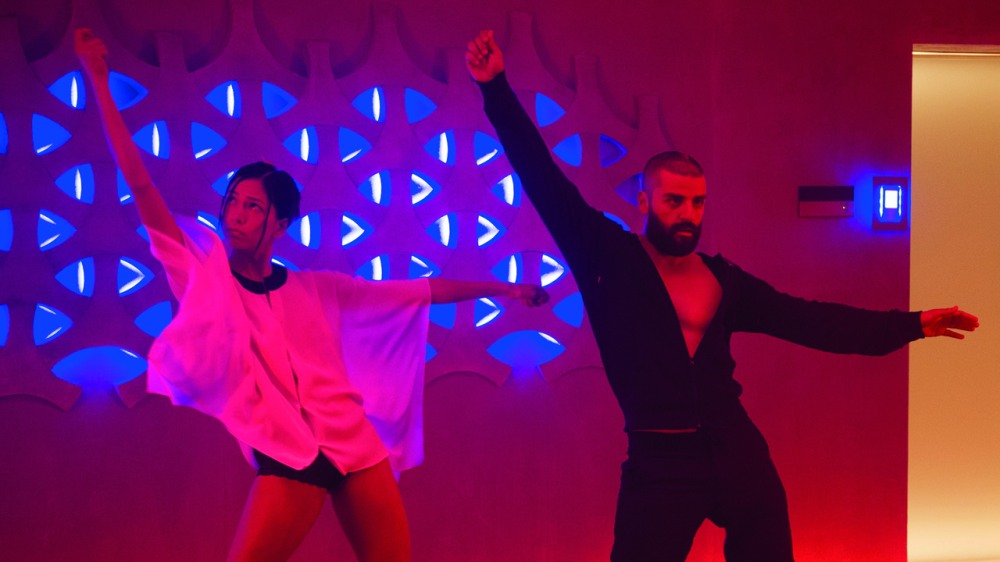
A24
The Prometheus Myth is a familiar one. One that Mary Shelley took full advantage of with her original novel Frankenstein and in that specific form has been endlessly retooled in a cinematic landscape for ages. With Ex-Machina, we have the first truly great one in decades, taking the concept of man creating life and applying it to modern methods of technology and gender roles. With phenomenal performances by Domnhall Gleeson, Oscar Isaac and Alicia Vikander, Ex-Machina manages to use its sleek subtlety to its advantage as it presents this familiar dynamic of man & tech from a brand new perspective that speaks to modern worries and perceptions impeccably.
7. Spotlight
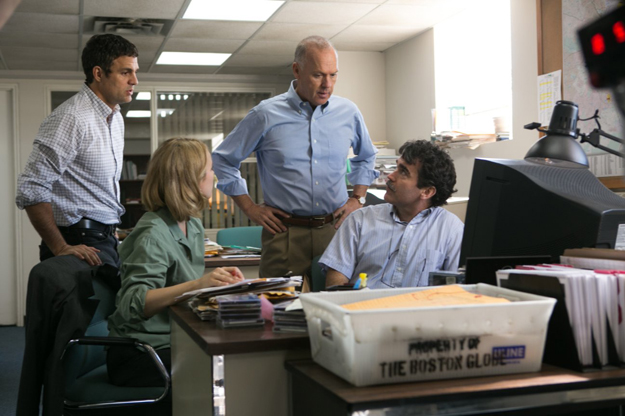
Open Road Films
Spotlight isn’t a flashy film. The limited direction from Tom McCarthy is mainly used to show the lives of these journalistic characters without ever plainly expositing things to you about their home lives or their perspectives. It’s mainly used to present these actors committing to these as much as these journalists are committing to uncovering the corruption of the Catholic Church. That corruption, despite how much of it was revealed in fairly recent history, still shows off an emotional gut punch as these journalists dedicate so much time and attention to unveiling the one thing that matters to them with their work: the truth. Something journalism often forgets about these days.
6. The Martian

20th Century Fox
The joy of hard science fiction is basing its science in fact and extrapolating from there within reason. Case in point, The Martian manages to make a story full of complex equations and mainly centered around one man on his own into a genuine crowd pleaser that utilizes a phenomenal cast quite well. The comedic charms of the dialogue and the agency of the characters only strengthens the tension, far more so than the dull characters that have populated most of director Ridley Scott’s recent films. Plus, the film does what more piece of pop culture need to do; show off the idea that competency with science can be cool.
5. Creed
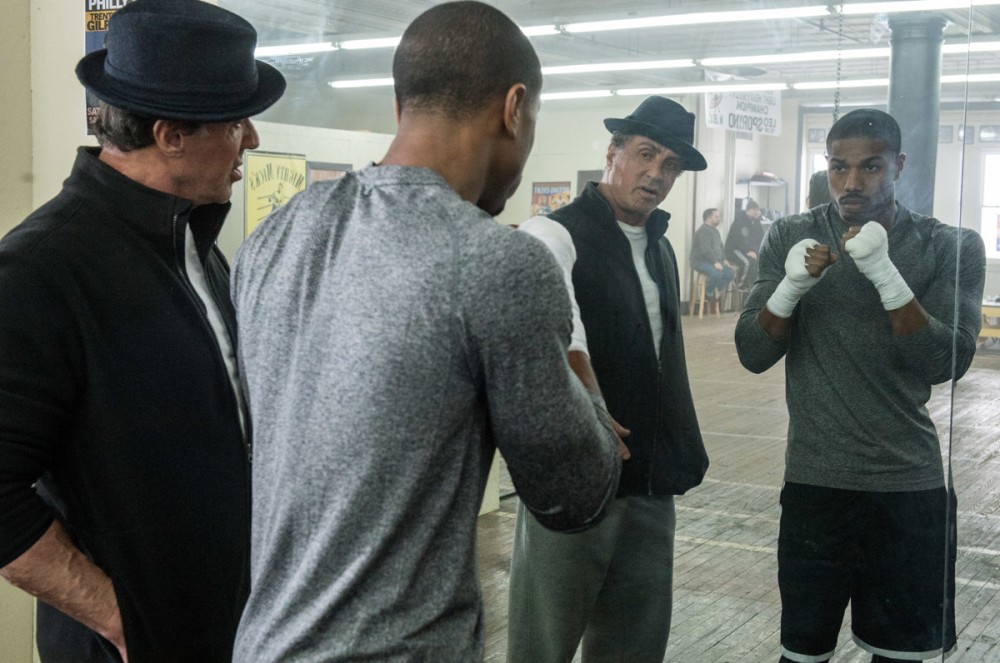
Warner Bros
In the age of “legacyquels,” its hard to argue for a upteenth iteration of a franchise to do something completely different. Yet despite being the seventh entry in the Rocky franchise, Creed managed to take the older constructs of the series it takes place in while adapting it in its own new modern context. The titular Adonis Creed isn’t a punk boxer aging out of his weight class and romancing a shy girl. He’s a strong tempered man with a family name he both can’t escape yet wants to reconcile his issues with, finding a connection with a driven woman with a goal that (much like his desire) could harm her. There’s more of a modern complexity that at the same time bounces off the kind hearted yet dopey Rocky, wonderfully brought back with gusto by Sylvester Stallone. Even more so than the mega hit of The Force Awakens, Creed is the type of franchise reboot that gives us the right balance of new pathos and heartfelt nostalgia.
4. Anomalisa
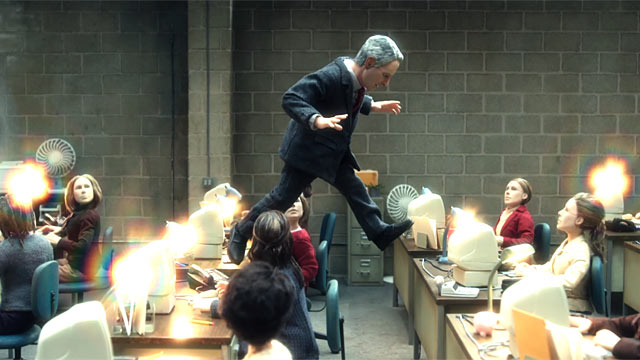
Paramount Animation
The concept of Anomalisa doesn’t sound like one that necessarily needs the stop motion treatment. It’s a film with relatively few characters and a limited amount of sets. Yet, the genius craft of Anomalisa is that the art form still truly resonates with the emotions of the characters. The uncanny valley nature of the animation feeds into our lead character’s disconnection with the world around him and the tragic artifice that his worldview creates for him. So, when someone who enjoys life despite her troubles like the titular Lisa enters his life, it’s a brief glimpse at how he could perceive life, yet not something that cures his anxieties. It’s a masterful example of how much more complex the animated format can be, detailing the human experience with genuine subtlety and heartbreakingly relatable emotional honesty.
3. Mad Max: Fury Road
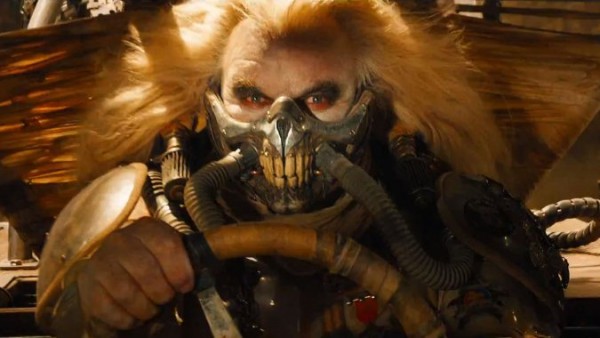
Warner Bros
With Creed, we got a film that paid specific homage to the earlier films in its franchise while adding its own spin. With this fourth iteration of a thirty year dead franchise, Mad Max: Fury Road breathed new life by taking the major aesthetics of that franchise without heavily referencing the earlier films. Fury Road instead injects a shot of adrenaline into the proceedings and puts the film into high gear, screaming towards valhalla with all the visual storytelling gumption of a Vagner opera on speed from George Miller, the very director who inspired this chaos in the first place. Yet, in the middle of all these glorious action scenes is a story of survival and redemption told with subtle yet poignant moments of interaction between the characters, particularly the outwardly abrasive yet genuinely worried Charlize Theron and the silently troubled Tom Hardy as the titular Max. Both share the screen as equals, attempting to right the wrongs of man and give the Earth some hope of rebirth in the wastelands.
2. Inside Out
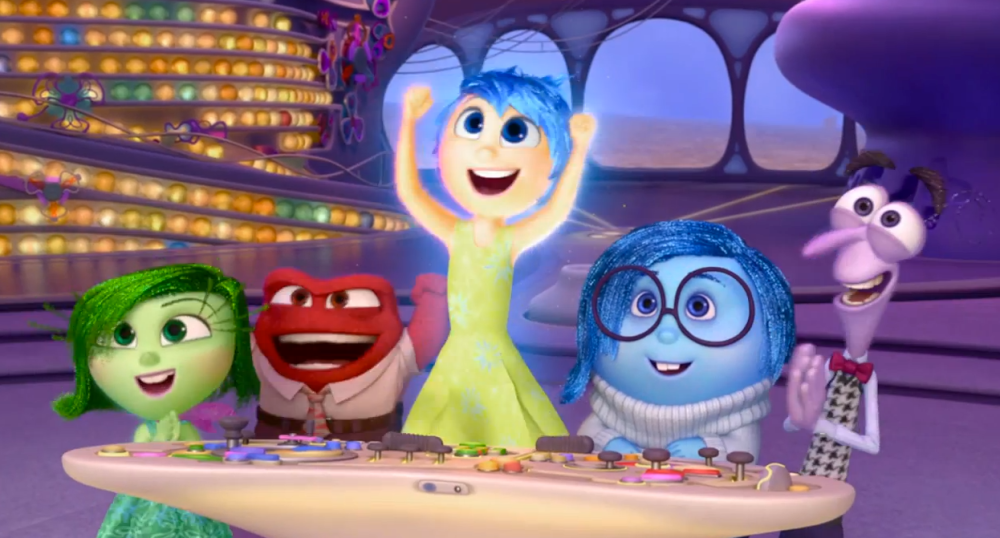
Pixar Animation
Pixar has carved out a market for making people go through a roller coaster of emotion. Inside Out could be their crowning achievement in that department, literally using its cast of emotions to capture the rather universal evolution of the thought process one feels at a prime age like 11. It’s an incredibly clever film that takes the vague idea of personified emotions and fleshes it out into a chancy adventure film where the stakes are the emotional clarity of a young girl rather than anything earth shattering. No evil villain or life threatening actions, just this one girl’s emotional clarity. Yet, thanks to the constantly clever use of visuals and surprising maturity hidden beneath the gags, the stakes manage to feel far more grand than the ultimate scale would imply.
1. Room
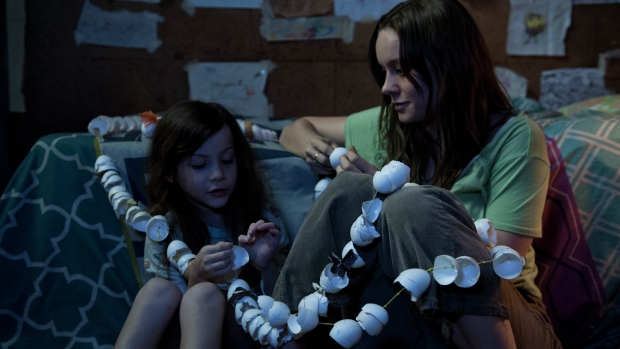
A24
If we really want to talk about emotional roller coasters, Room is biggest Six Flags ride of emotional resonance out there. Director Lenny Abrahamson took the very nature of the initial titular environment and used it to map the trajectory of Brie Larson and Jacob Trembly’s characters. From their claustrophobic start to their expansion into the wider world, you see an inner turmoil between the both of them, one trying to adjust to an environment she hasn’t been in for years and the other attempting to grasp what this new unseen world is to him. Room doesn’t shy away from the ugliness of this scenario and even the aftermath, but in it’s humanity there’s a chance for clarity and and ability to move on from adversity. It isn’t for the the faintest of emotional hearts, but those that can stand being built up and crumbled like myself can admire a powerful example of what truly gripping dramatic filmmaking can be.

